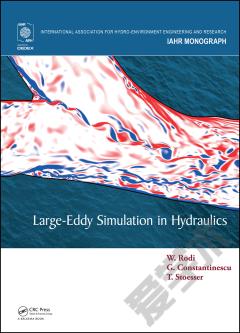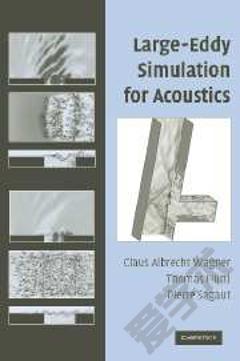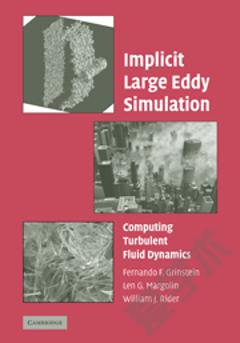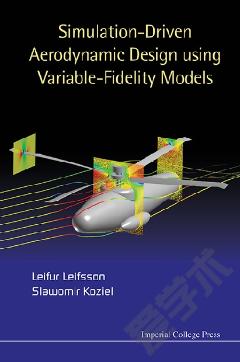Large-Eddy Simulations of Turbulence
Direct-numerical simulations of turbulence (DNS) consist in solving explicitly all the scales of motion, from the largest l i to the Kolmogorov dissipative scale l d. It is well known from the statistical theory of turbulence that l i/l d scales like R l 3/4, where R l is the large-scale Reynolds number uâl i/ν based upon the rms velocity fluctuation uâ². Therefore, the total number of degrees of freedom necessary to represent the whole span of scales of a three-dimensional turbulent flow is of the order of R l 9/4 in three dimensions. In the presence of obstacles, around a wing or a fuselage for instance, and if one wants to simulate three-dimensionally all motions ranging from the viscous thickness δ v = ν/Ï * â 10-6 m up to 10 m, it would be necessary to put 1021 modes on the computer. Right now, the calculations done to the expense of not excessive computing times on the biggest machines take about 2 à 107 grid points, which is very far from the above estimation. Even with the unprecedented improvement of scientific computers, it may take several tenths of years (if it becomes ever possible) before DNS permit to simulate situations at Reynolds numbers comparable to those encountered in natural conditions.
{{comment.content}}








 京公网安备 11010802027623号
京公网安备 11010802027623号